How To Fish A Super Low Or A Negative Tide
- By: Matthew Lanier
- on
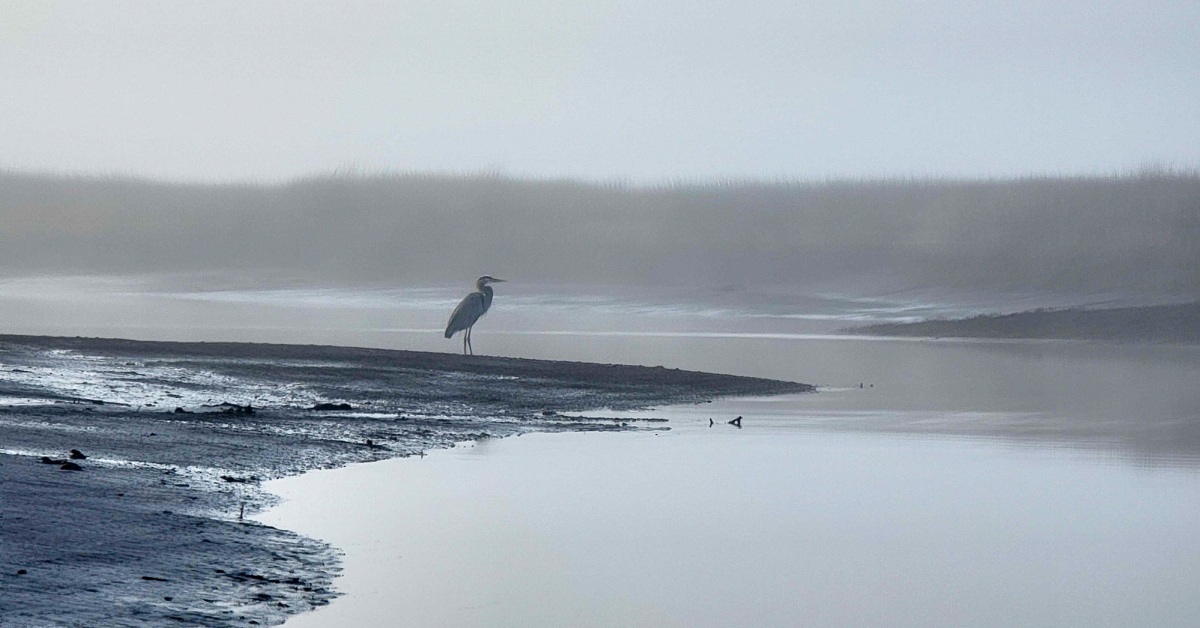
What is a negative tide?
What do you need to do differently when fishing a negative tide?
In today’s video, I’ll show you how to fish a negative tide as well as how you can anticipate them moving forward.
Take a look!!
How To Fish A Negative Tide [VIDEO]


Gear Mentioned:
- Power Prawn USA Junior
- Hoss Helix Hooks
- Z-Man Kicker CrabZ
- Z-Man Texas Eye Jigheads
- F.R.E.D. Paddletail
- Z-Man Pro ShroomZ Jighead
I hit the water at the bottom of the outgoing tide which would have naturally fallen to low tide.
However, prevailing winds forced a negative tide on us.
The Impact Of Deep Water
Fishing a negative tide can be incredibly frustrating if you don’t know how to react and make adjustments.
You may have circled some spots of note but due to the low water levels, you might not be able to get there anymore.
But that doesn’t mean you can’t find some solid fish in deeper holes.
If you can’t get to the fish because of low water, then get to where they WILL be later on.
Another way to say that is: Find deeper water!
You need to find those cuts. drop-offs, ledges, and troughs that provide a bit more depth than the rest of the flat.
Once the water is pushed off the mudflats and out by the prevailing winds, those fish have little choice but to hunker down in deep nearby pockets.
So as you look for those deeper pockets, the fish are doing the same exact thing!
Where Do You Find Deep Water?
It’s tough to discern between deep and shallow water sometimes and if you’re in a new area, odds are you don’t know much about the bottom structure.
One of the best and easiest ways to find deep water is through satellite imagery.
Map software such as our own Smart Fishing Spots App allows you to zoom right into any area and know the exact depth within seconds.
Smart Fishing Spots includes underwater topography maps that are meant to show you the exact layout of any spot you choose to fish.
Additional functions include oyster beds and seagrass layers so you know exactly where those structures are as well.
This will transform how you put together and research your pre-trip plan.
Fish Behaviors & Attitudes
Now that we know where the fish will be, we need to present the RIGHT offering.
Redfish tend to hunker down during low tide situations and almost bury themselves in the mud in inches of water.
These fish are insanely sensitive to any type of vibration or disturbances around them.
This is why it’s so difficult to sneak up on fish during low tide because they can hear you from quite a ways out.
You want to cast your lure in front of the fish that you saw sitting in the shallows.
It is better to lead the fish to your lure rather than casting right on top of the fish and possibly spooking it away.
So you want to use a lure that does not cause as much of a splash as it hits the water.
Heavy jigheads and larger lures will cause a major disturbance and most likely blow out the entire area in front of you.
Lure Presentations & Offerings
The first up to bat for me is always the Power Prawn USA Junior artificial shrimp lure rigged on a Hoss Helix Hook.
This is one of the best finesse presentations that you can tie on your line.
It does not cause a commotion when hitting the water and maintains a streamlined presentation while darting in the shallows.
If you are fishing in deeper water, this lure does an excellent job of naturally gliding back down through the water column.
Furthermore, lots of the bait these fish will eat gets pushed out of the marshy grass areas.
These predatory fish sit right there waiting for bait to come to them.
The second lure I always have with me during a negative tide is the Z-Man Kicker CrabZ rigged on a Z-Man Texas Eye Jighead.
A clicking noise is generated by the free-swinging head on this jig.
Additionally, due to the buoyant material of Z-Man baits, these lures almost sit straight up on the bottom.
This almost “calls the fish in” as it sticks out of the grass.
The last lure I always have with me is the F.R.E.D. 2.0 Paddletail rigged on a Z-Man Pro ShroomZ Jighead.
This is the “F.R.E.D. the NED” rig as I like to call it!
I always have this rig with me regardless of the conditions because it crushes fish in all types of situations.
You can swim it straight back to you, bounce it along the bottom, or whatever works for you on that given day.
It is an extremely versatile presentation tailor-made for the fall and winter.
Conclusion
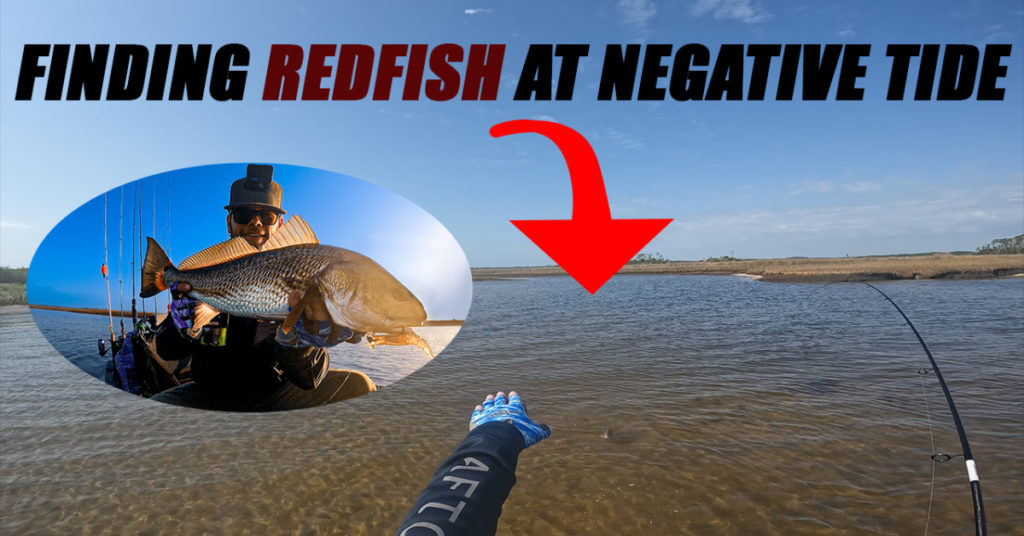
Fishing a Negative Tide doesn’t really come off as the best time to fish.
But, with the RIGHT plan in place, you can have incredible days out on the water.
Remember to maintain finesse properties on your presentations and be as stealthy as possible.
Oh, and look for those deeper pockets of water!!!
Do you have any questions about negative tide fishing?
Please go ahead and ask me any questions or leave a comment below!!
Finding The Fish Help
In order to help make sure that you are targeting the right areas based on the latest feeding trends and upcoming weather forecasts, make sure to use the following 3 resources because they will save you a ton of time.
1. Weekend Game Plans (updated weekly)
These regional game plans will show you exactly what types of spots to target in under 10 minutes… just click the video to start, and you’ll be informed on what to do on your next trip.
2. Smart Fishing Spots Platform (updated every 15 minutes)
This exclusive software literally shows you where the most fish are likely to be feeding based on exactly when you’ll be fishing. It factors in the tides, wind, and weather to help you quickly see which areas to target throughout the day.
3. Community Reports (live feed)
The Insider Community platform is what you can use to see what is biting near you, and you can get to know other members who fish in your area. Plus, you can use it to keep a log of your catches so you can use past trips to help predict future catches.
Related categories:
STOP WASTING TIME ON THE WATER!
Do what the “SMART ANGLERS” are doing and join the Insider Club.
Here’s what you’ll receive today when you join:
- Weekly fishing reports and TRENDS revealing exactly where you should fish every trip
- Weekly “spot dissection” videos that walk you through all the best spots in your area
- Exclusive fishing tips from the PROS you can’t find anywhere else
- Everything you need to start catching fish more consistently (regardless if you fish out of a boat, kayak, or land).
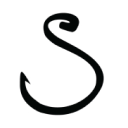



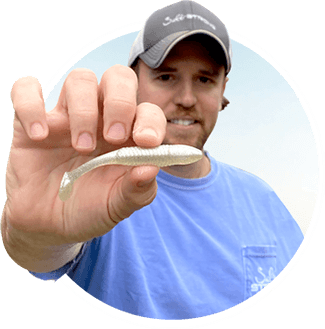
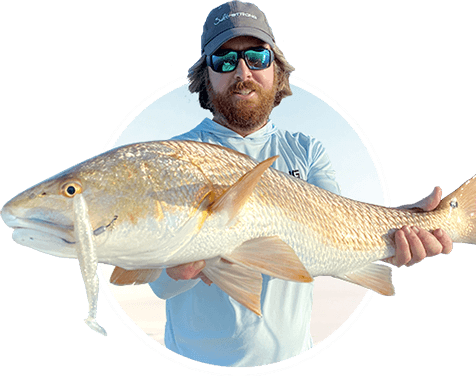
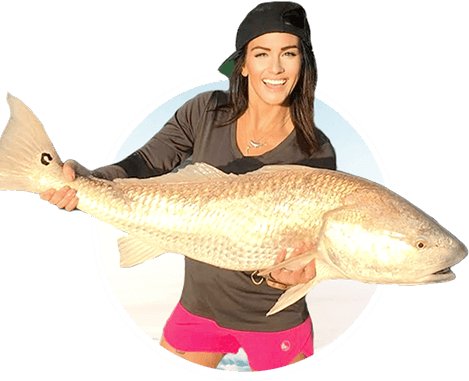
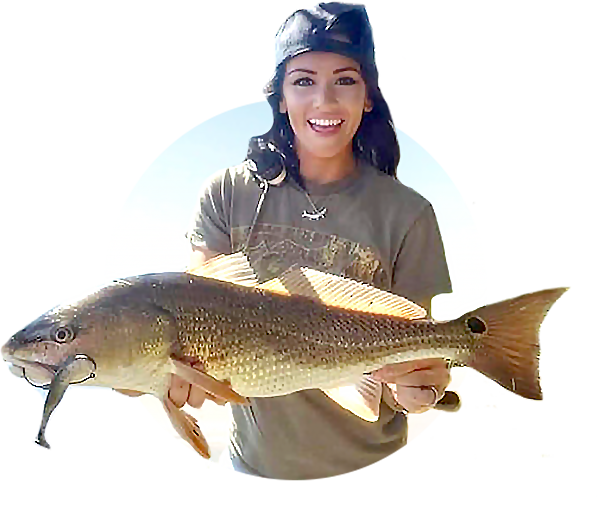
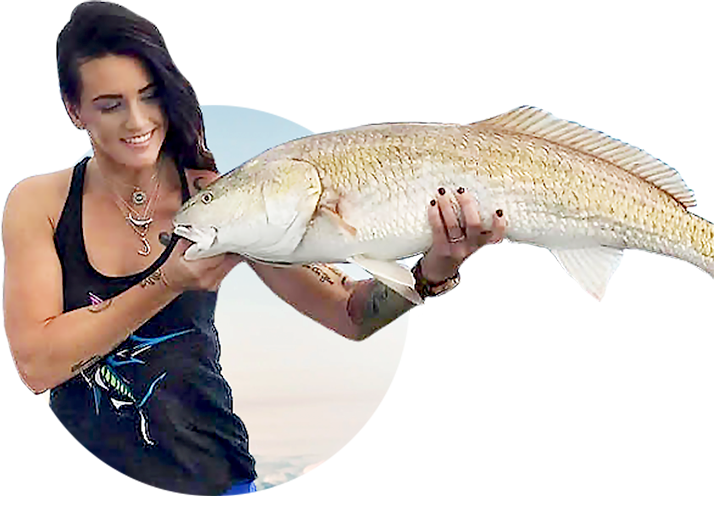
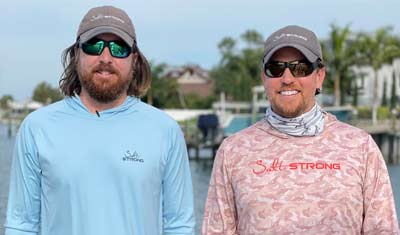
All great points and how to implement all of this information. Keep putting this great information out . Thanks
When you guys talk about deep holes, how deep are we talking? We have a lot of 1 foot flats that drop off to 15 or 20 feet then back to a flat. Some go to 30 feet, so how deep is too deep?
That’s a good question, Scott! Truthfully it may depend on some larger macro factors to go along with the specific location, but in most cases during the winter, the warmer water is at the bottom of those deeper drops. So any of them could in theory be productive.
For those areas that are over 8 foot or so, it can help to have a sonar depthfinder to see if you are marking anything under you in that hole, such as fish or structure.
Either way, be sure to use a jig head heavy enough to get you down in that depth, as the fish will likely be holding in the bottom half of that water column. A quarter ounce and up to possibly a 3/8 would be preferred in that kind of depth.
Thanks for asking the question and taking the time to watch! Appreciate that big time!
Thanks for the reply, I’ll be running over those holes on the hunt with my Sonar ASAP!
Would you ever go weightless in these low tide situations , like a jerkbait ?
Great question! Absolutely! If those fish are super finicky in the depths and I need a slow fall, or if I’m casting into those really shallow areas, a weightless hook would be a great option!
Solid question Shawn! Thanks for watching!
Great job Matt , always super low tides in the winter in Texas!
Those gulf winters make for some low water fishing for sure!
Please explain what causes a negative tide and how to predict if you will be experiencing one on your trip. Thanks
Great question, Scott! I am going to do a mini course on this soon, so stay tuned, but the short answer is a negative tide is caused when the water level drops below the average for that area.
This is often aligned with the new and full moon phases and is most common in the winter months when the earths northern hemisphere is tilting away from the sun.
Strong prevailing North winds can also play a factor into these water levels, so that can also be a cause when you have some heavy Northern fronts coming through.
Good question! Thanks for watching Scott!
Great information!
We appreciate that Dwain! Thanks for watching!
great
Thanks Ronald!
That was some real good advice! Great video! Another great presentation! Thanks
We appreciate the feedback in a huge way Johnn! Thanks a bunch for watching and leaving the nice comment!
Great video Matt! Good info for negative tides.
Thanks for taking the time to leave a nice comment, Robert!
Great job! Videos such as this are very helpful. Keep up the good work.
We appreciate you watching! So glad to hear that you found it helpful, Gary!